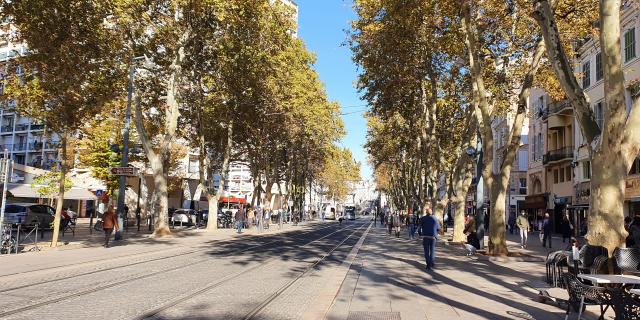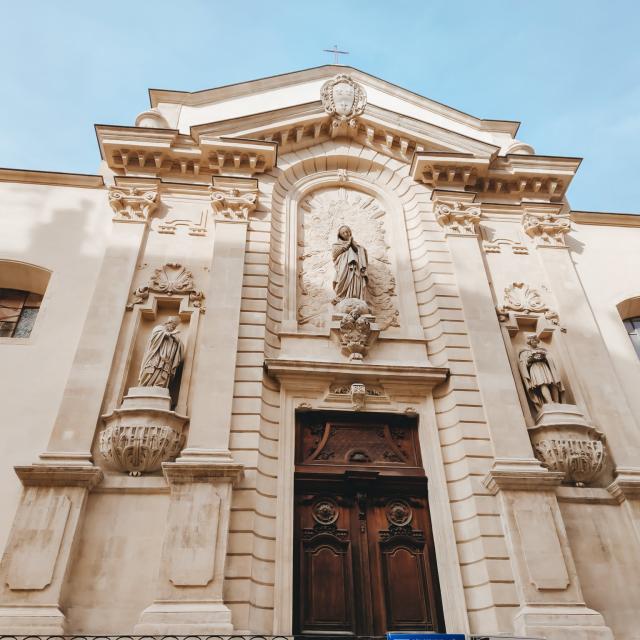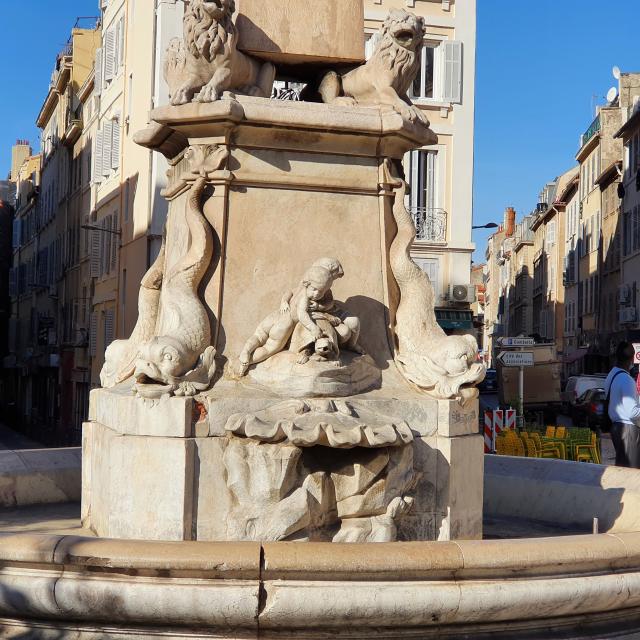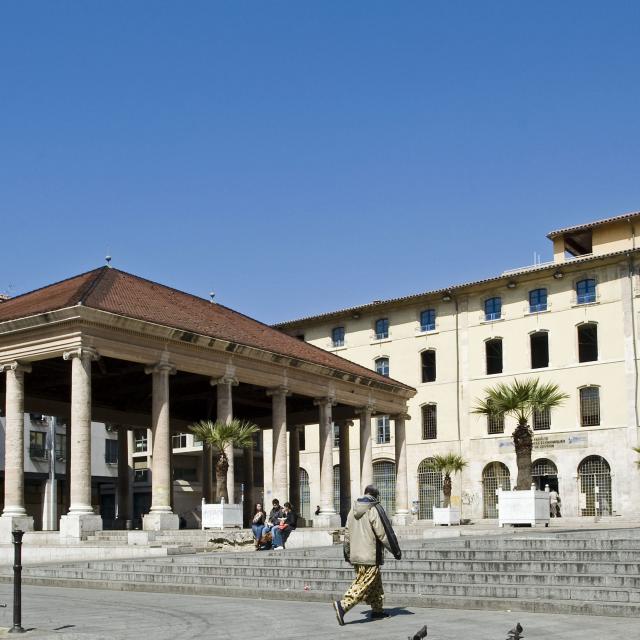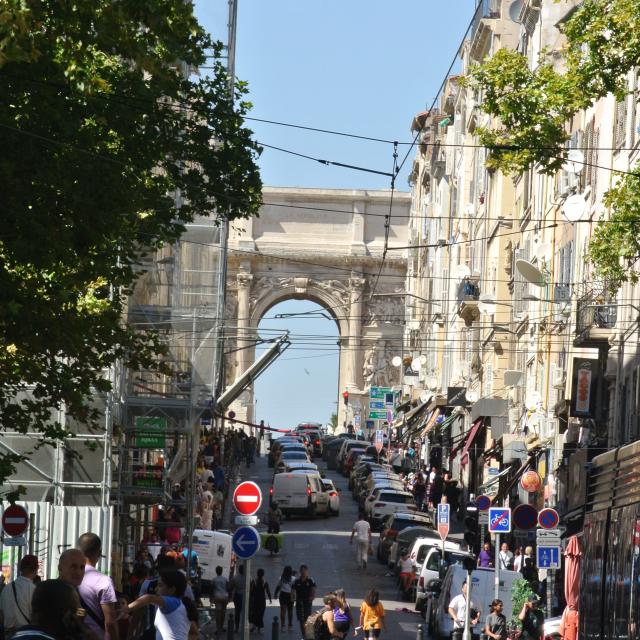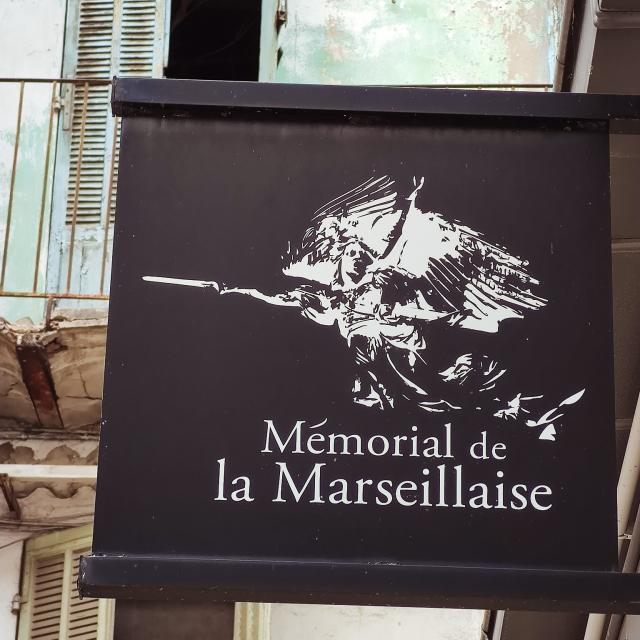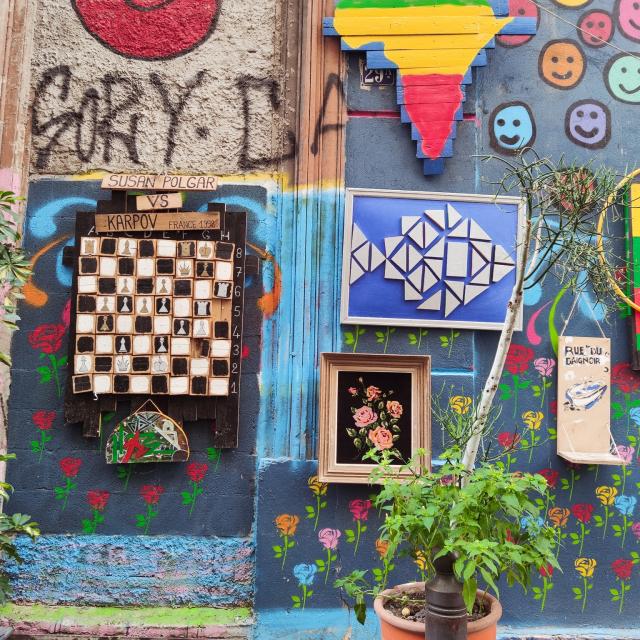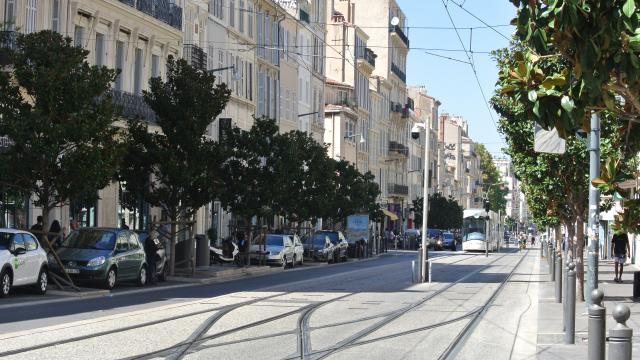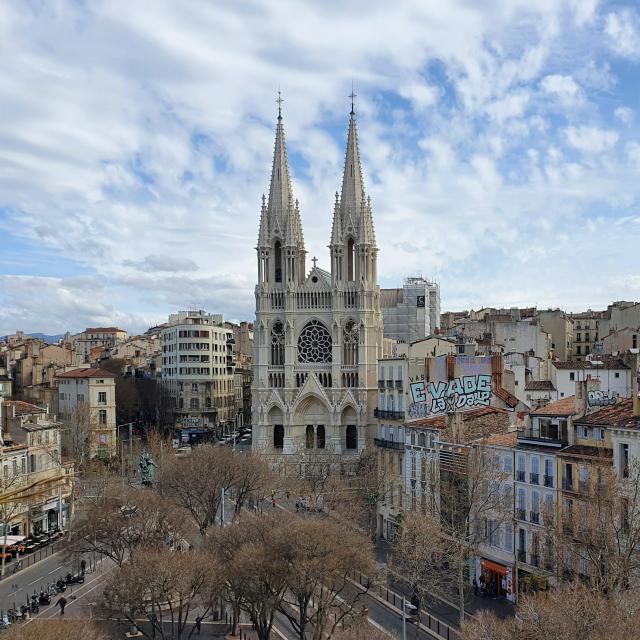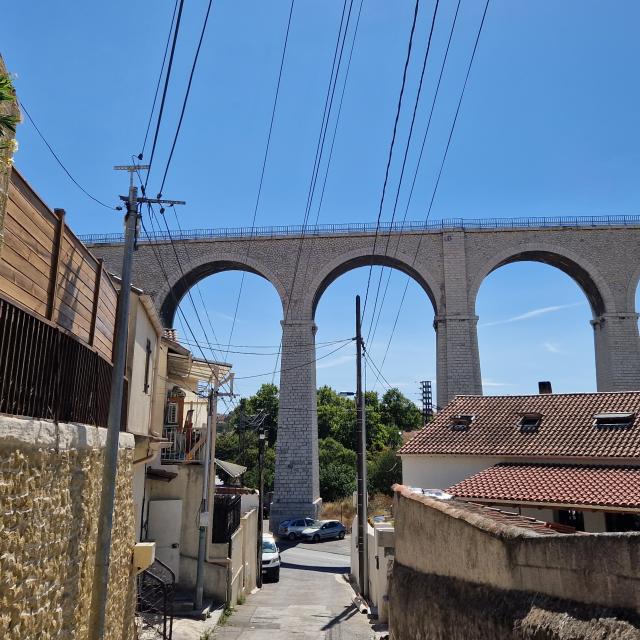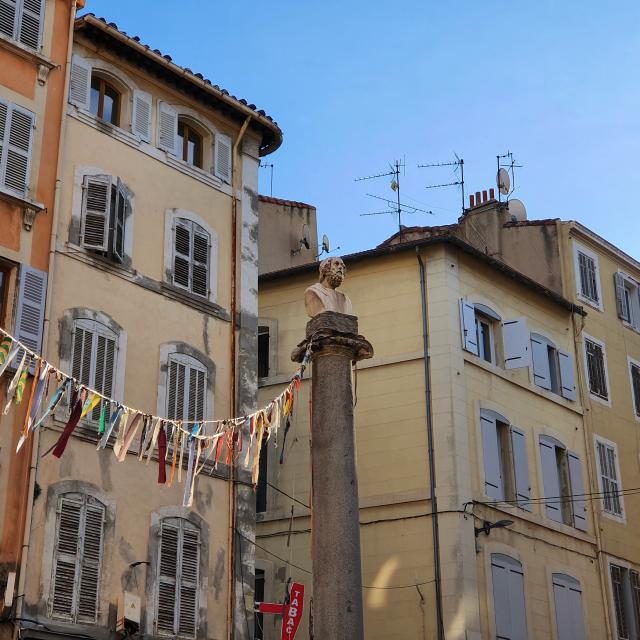The history of the Belsunce district
A district rich in historical heritage
Go back almost 800 years: in 1215, all we found in the area was a simple convent. This was built by the Franciscan order, between rue Tapis-Vert and rue Vincent Scotto. Unfortunately, the convent was destroyed in 1524 on the orders of Charles V.
A few hundred years later, the famous sculptor, painter and architect Pierre Puget actively participated in the enlargement of the Grand Cours, founded in 1666. The Grand Cours is none other than a wide avenue mainly frequented by the Marseille nobility of the time. Over time, this course developed into fairs and markets, with a more popular frequentation.
One of the most beautiful squares in Europe was born in this district: the Cours Saint-Hommebon. The district began to urbanize and develop. It wasn’t until the 17th century that the city of Marseille gave its name to the Belsunce district, in honor of Bishop Henri François-Xavier de Belsunce-Castelmoron, who was of great help to the inhabitants during the Great Plague epidemic of 1720.
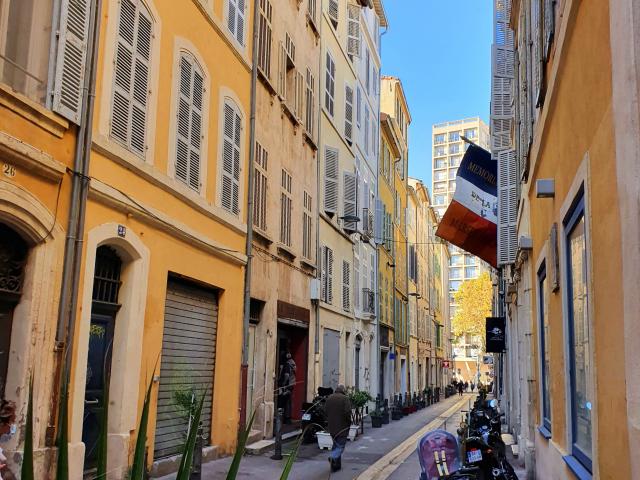
Another historic date for the Belsunce district: 1792, when the French national anthem, La Marseillaise (rue Thubaneau to be exact), composed by Rouget de Lisle in the city of Strasbourg, was sung for the first time.
A theater was inaugurated in 1857 in the Marseille district, giving it a new dynamic. Destroyed by fire in 1873, it was renovated in 1889. Between the wars, it was used as an operetta. In 1932, it became a cinema with a music hall until its destruction in 1980. Today, a regional library has taken its place.
In 1892, the line joining Belsunce to Saint-Louis became the first electric trolley system line in France. Since the early 1960s, Belsunce has seen a wave of migration, mainly of Spaniards, Armenians, North Africans, Jews and, more recently, Asians. Many members of these populations opened businesses with their specialties, still present to this day.
In 2018, the city began an operation called Grand Centre-Ville, aimed at renovating housing in need of renovation and adding green spaces to the neighborhood.
